
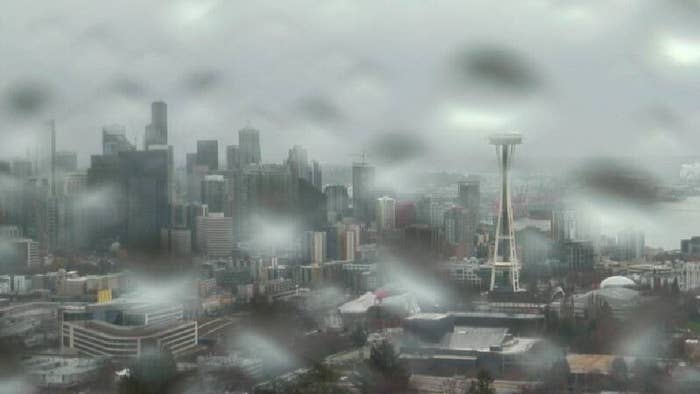
But rain aside...
Let's get back to infrastructure. Whenever I think about bicycle infrastructure (sharrows, protected bike lanes, etc.), I always think back to the movie Field of Dreams. Although an area may not have many people who bike, if you build infrastructure to support it, suddenly all the cyclists come out of the woodwork. Basically...
Copenhagen, Denmark
Let's look at Copenhagen, for example. Although almost 5,000 miles away, I love to use Copenhagen for comparison because they easily have one of the best cycling success stories. In the 1960's, they had similar problems to many U.S. cities today. Vehicles dominated the road and many people were opting for housing on the outskirts of the city. Copenhagen had a transit oriented design and a biking network, but it just wasn't enough. Urban planners realized they had problems with car dependency, so they decided to address it in their master plan. Over the coming years, downtown was made more pedestrian-friendly, they increased landscape architecture, reduced parking space by 3% each year, and heavily invested in bicycle infrastructure.
Today, approximately 50% of Copenhageners commute to work by bike.
Yup, 50%. And they do it in rain, snow, and sun.
Bike lanes range from 5 feet to 13 feet wide, and the majority are separated from vehicle traffic by a curb or are isolated tracks. This gives the appearance of safety and breaks down barriers for encouraging people to ride. They've also incorporated the cycling lifestyle in every day life by allowing bikes on trains, requiring taxis to have bike racks, and increasing bike parking and storage. The cycling network extends all the way to the suburbs, connecting more people to downtown and providing sustainable transportation options. One of the coolest bike paths is the Cykelslangen, or Cycle Snake, that seemingly floats (or slithers) over the harbor. It's innovative large-scale bicycle infrastructure that gives cyclists an efficient, and beautiful, commute to work or leisurely ride on the weekends.
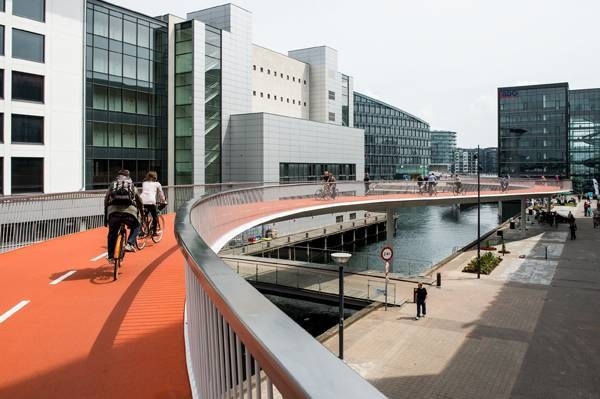

This is just a starting point for awesome bicycle infrastructure that makes commuting convenient and fun. For example, China has recently become a leader in bicycle innovation. The new bicycle highway in Xiamen connects the city's residential areas and has 11 exits that connect to bus and subway stations. It's also sheltered by the rapid transit bus overpass for a large portion, protecting riders from weather.
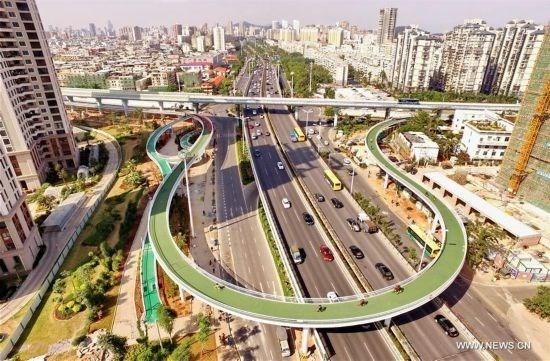
As part of an extensive cycle network in the Netherlands, they constructed a floating bicycle roundabout. Every time you drive underneath it, it's basically a shouting advertisement for multi-modal transportation. It provides a unique biking experience, and is a safe route lacking vehicles and sharp turns.
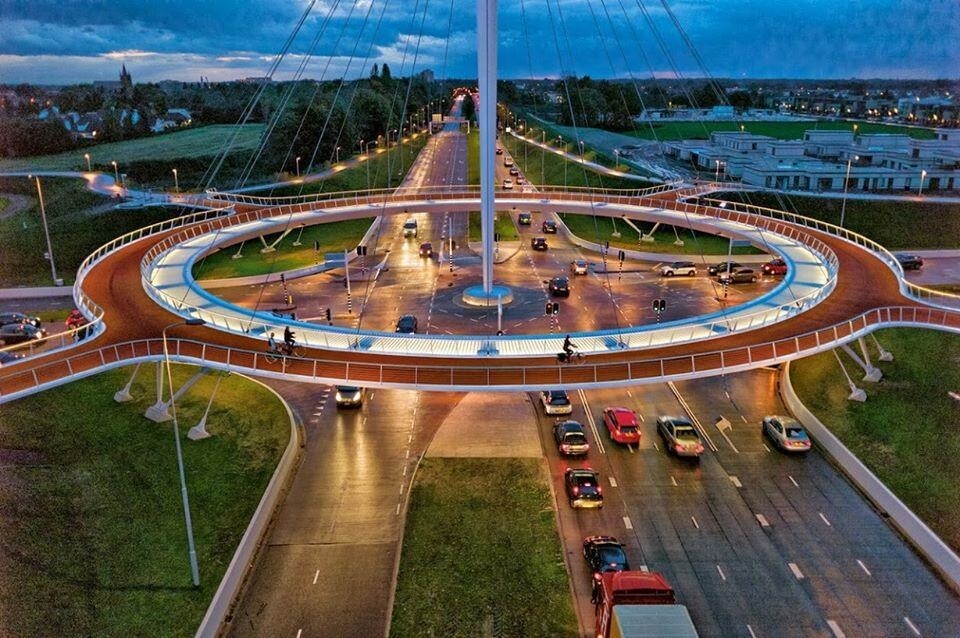
Cycling can be an exciting environmental movement
We can learn a lot about other city's initiatives to increase bicycle ridership and safety. Seattle has unique challenges to address when it comes to architecture and engineering, but it's going to require thinking outside the box to encourage people to commute by bike. Of course this is easier said than done, but I thinking we're beyond increasing the number of sharrows and calling it a bike-friendly street.
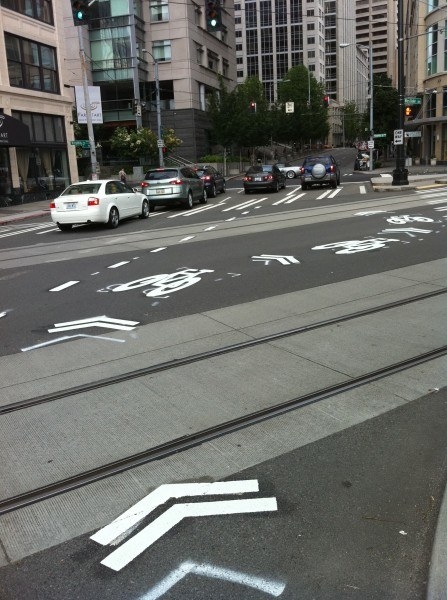
The sharrow's purpose is to remind drivers to be aware of bicycles and to share the road, as well as designate safe routes for cyclists. However, some cyclists argue that they're pretty useless and don't actively protect them from vehicle traffic. All bike routes should be separated from cars, and we should be investing in infrastructure to keep up with other cities across the United States, as well as to catch up to other countries like Copenhagen. We're already a leader in 'green' climate initiatives, and this can further help reduce our carbon footprint. According to King County's Climate Action Plan, 40% of greenhouse gas (GHG) emissions come from transportation. Considering transportation makes up 28% nation-wide, we have some work to do, and increasing the number of bicycle commuters can help that.
Can you imagine a project like Copenhagen's Cycle Snake or Xiamen's bicycle highway in downtown Seattle?
We can increase the amount of people commuting by bicycle for a better inner-city experience, but only with the help of creative large-scale infrastructure.

